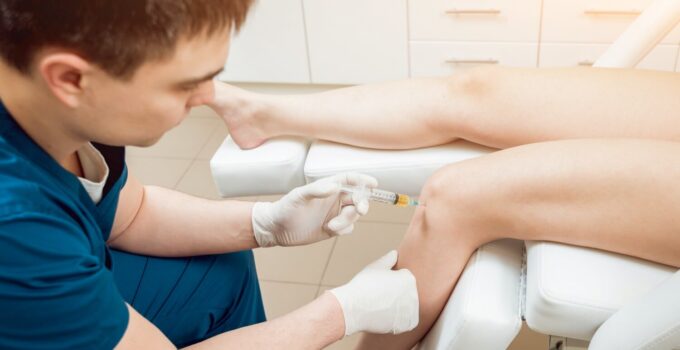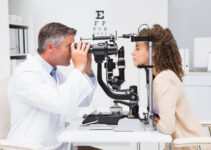Whether a person wakes up one morning and finds that they cannot get out of bed or have just had a strenuous workout, body aches can leave one uncertain about their health. Those aches can be dull and long or intermittent and sharp. Body aches can be harmless and short-term or result from long-term wear and tear. When that pain is from the joints, it can affect any part of the body and be chronic and severe.
Continue reading to learn more about joints, causes of joint pain, and discover if stem cell therapies like platelet-rich plasma injections for joints will work for you.
Our body moves because of our joints. A joint is any part of the body where two or more bones connect to allow movement. Although some joints in the body don’t result in movement, there are six kinds of movable joints in bodies. Those are:
- 1. Pivot joint: This joint swivels around the ring formed by another bone (neck joint between the first and second vertebrae)
- 2. Hinge joint: This joint is where two bones open and close in the same direction (elbow and knee joints)
- 3. Ball and socket joint: This joint allows movement in all directions and is aware the round-shaped head of one bone rests within the cup of another (shoulder or hip joint)
- 4. Saddle joint: This joint allows movement side to side and back and forth (base of the thumb)
- 5. Condyloid joint: This joint allows movement without rotation (finger or jaw)
- 6. Gliding joint, also called the plane joint: The surfaces of this joint slip over one another and allow for minimal movement (wrist joint)
Causes of Joint Pain
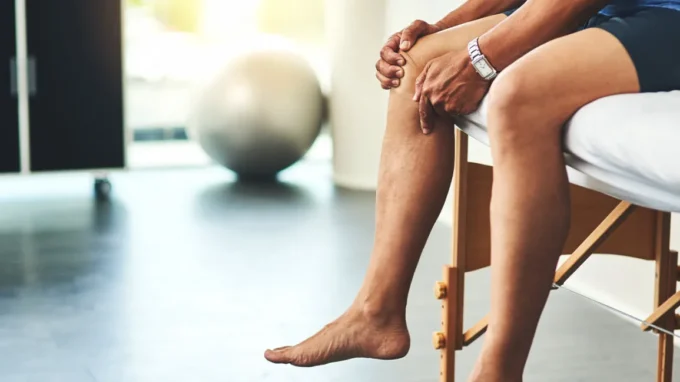
Source: healthline.com
Joint pain is a common cause of body aches with joints. The most common joint causing pain is the knee joint, followed by shoulder and hip pain. These aches are uncomfortable, make it hard to walk and move around, and can become debilitating.
While joint pain can result from an injury that results in a sprain or strain and aging, several conditions can lead to joint pain. Some of those are:
- Gout is a type of arthritis often found in the big toe area.
- Rheumatoid arthritis is a condition where an autoimmune disorder causes the body to attack its tissue, creating pain.
- Osteoarthritis is the most common type of arthritis caused by wear and tear on the joints.
- Bursitis is a condition that causes fluids to build up in sacs.
- Tendinitis happens when the tendons become inflamed over or the flexible bands that connect bone and muscle become inflamed, for example, the elbow, heel, and shoulder.
In addition to the pain and that came result from inflamed joints, some other symptoms include:
- Restricted or loss of motion
- Stiff and enlarged joints
- Numbness
- Swollen joints that feel red hot
- Clicking and grinding joints
- Swelling
Treatment for Joint Pain
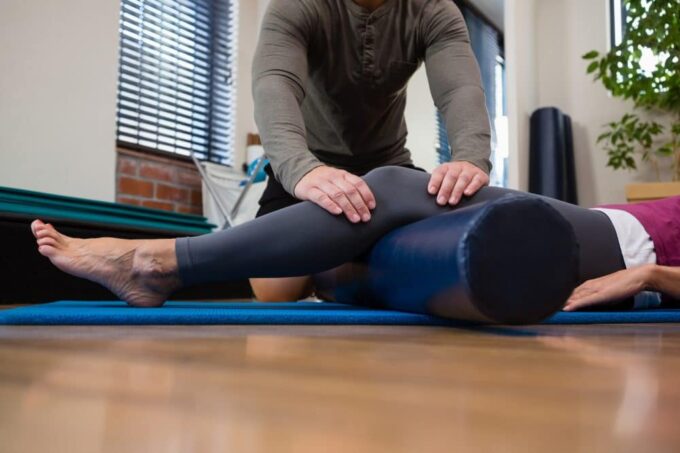
Source: rollinghillsmedical.com
There are many conventional treatments for joint pain such as soaking in a warm bath or applying heat and ice for relief. Some other treatments for joint pain include:
- Painkilling drugs
- Acetaminophen
- Topical treatments – ointment
- Dietary supplements
- Weight loss
- Steroids
- Exercise and stretching
- Support aids – braces, canes
- Physical and occupational therapy
When joint pain is severe and chronic, patients seek some non-conventional treatments for relief. Some of these new treatments, such as stem cell therapy, are growing in popularity. Among these stem cell therapy’s ears platelet-rich plasma that alert patients are finding success with.
What is Platelet Rich Plasma?
What is learned in school about blood and plasma hasn’t changed; technology has. Plasma is a part of the blood made of protein and water. Platelets are a kind of blood cell that cause blood clots, and therefore, platelets have a role in healing injuries.
Innovation and technology make it possible for doctors to use platelet-rich plasma, also called PRP, to help with skin, joints, cartilage, muscles, ligaments, and tendons injured or damaged. It does this by improving tissue function and promoting soft tissue regeneration. As a form of regenerative medicine, platelet-rich plasma provides an excellent foundation for alleviating pain and promoting healing.
How is platelet rich plasma separated?
Blood is complex and composed of several components, including red blood cells, white blood cells, platelets, and plasma. The plasma must be separated from the whole blood to create platelet-rich plasma.
Doctors draw blood from the patient’s arm and use a machine to divide platelet-rich plasma from the rest of the blood. Dividing the blood creates a supra-therapeutic (levels greater than 3-10x whole blood) platelet. That separation creates concentrated platelet-rich plasma. This process yields roughly two teaspoons of platelet-rich plasma.
Therefore, since platelets are credited with the growth factors in the body that help with the normal healing process, you can say that platelet-rich plasma is a way for your body to heal itself.
How do doctors get platelet rich plasma back into the body?
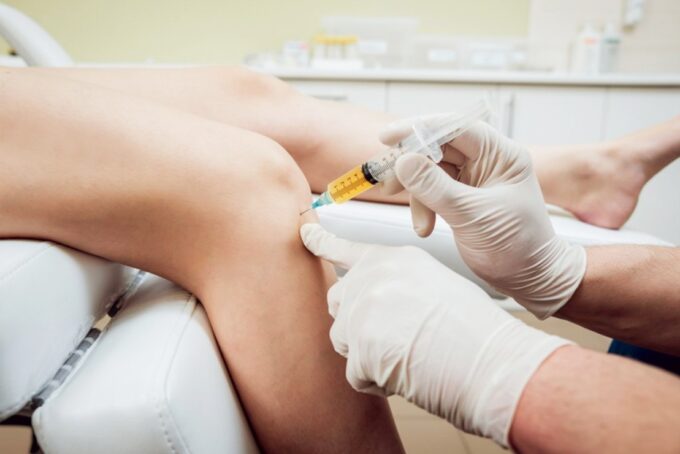
Source: prpinjectionmd.com
Once the blood gets separated, patients are scheduled for a 30-minute office visit. There, the doctor will numb the painful joint area and use ultrasound to confirm exactly where the needle should go. The doctor will then inject the platelet-rich plasma into the area that is causing pain.
Although some parts of this treatment of ulcers is a mystery, it is believed that the concentrated concentration of bioproteins to the affected area accelerates healing.
What are the benefits of platelet rich plasma injection treatments?
Athletes are lining up for platelet-rich plasma treatment. Their limbs and joints are money makers, so healing quickly is necessary. However, this treatment service is rapidly gaining traction to alleviate joint pain for multiple reasons.
Other benefits platelet rich plasma therapy include:
- PRP May help you avoid surgery
- PRP boosts the body’s capacity to heal
- PRP is a quick and easy procedure
- PRP speeds up healing
- PRP is more natural – it doesn’t use any artificial ingredients
- PRP is great for healing your own body
Conclusion
As you have read, joint pain can be chronic, severe, and debilitating. There are several causes of joint pain including medical conditions, injuries, and age. There are also many treatments that work to alleviate that pain. When those conventional treatments no longer work or offer pain relief, patient’s turn to unconventional treatments including stem cell therapy and platelet rich plasma.
Platelet rich plasma treatment is quick and easy. Additionally, platelet rich plasma treatment has several benefits including using the patient’s own blood to heal joint related ailments. For anyone suffering from joint pain consult a doctor, like Integrated Orthopedics, to see if platelet rich plasma therapy is an appropriate option.

